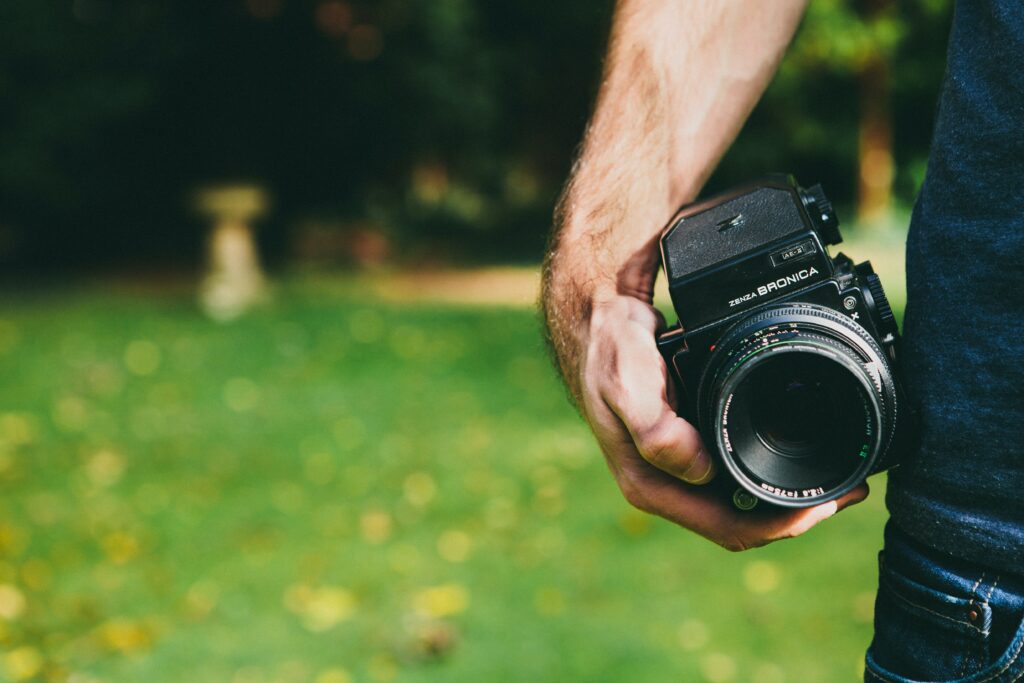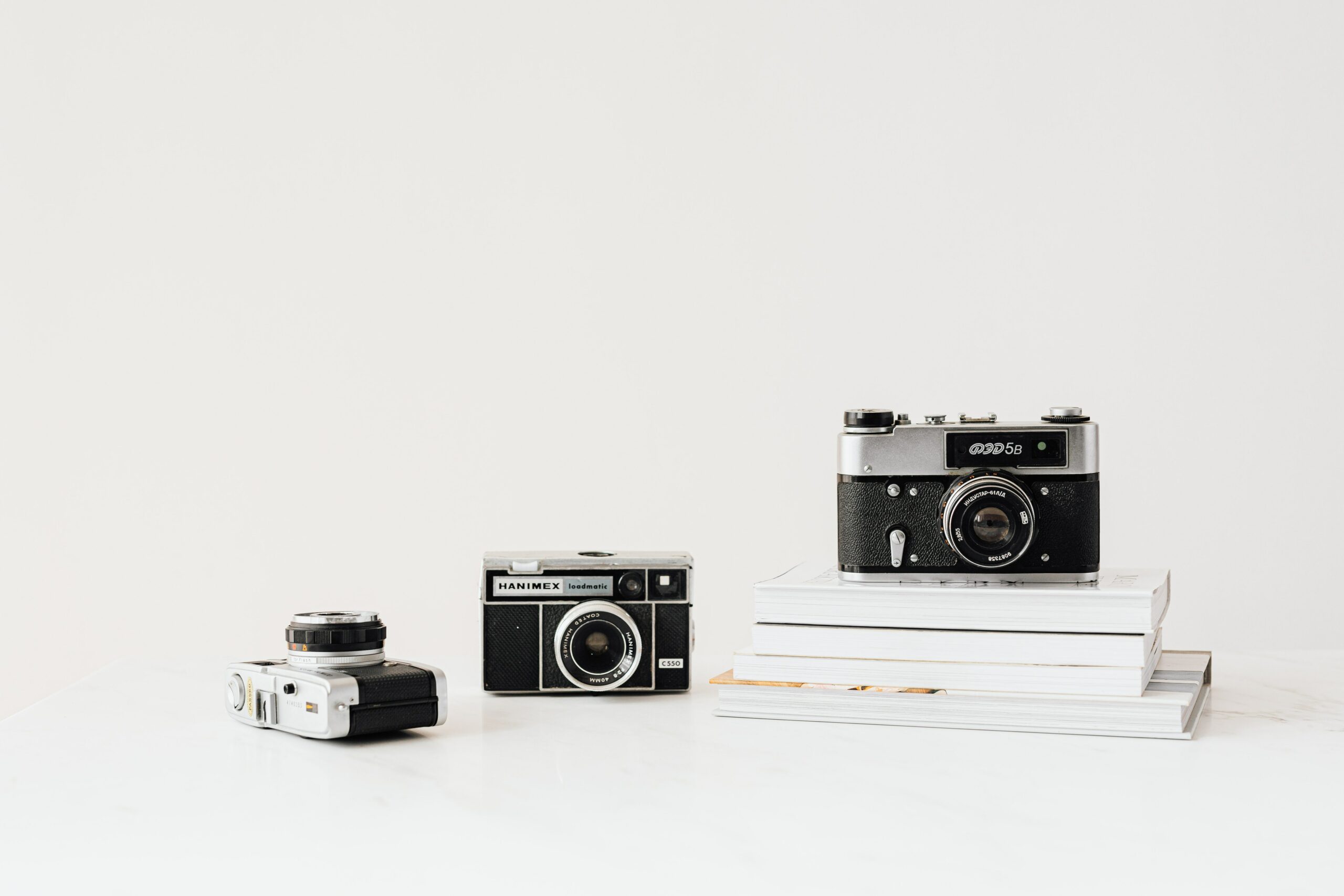Have you ever heard the saying, “Rules are meant to be broken”? Well, that sentiment certainly holds in the world of photography. While some traditional rules and principles guide photographers, sometimes the most captivating and striking images are created by intentionally breaking these rules. So, if you’re ready to push the boundaries and explore the art of breaking the rules in photography, this article is for you.
Photography is an art form that allows for endless creativity and experimentation. But before you can effectively break the rules, it’s important to understand them first. From the rule of thirds to leading lines, these guidelines have been established to help photographers compose visually pleasing and balanced images. However, it’s also essential to know when to break these rules to create compelling and unconventional photographs that stand out from the crowd.
Rules Of Photography And When To Break Them?
In this article, we will explore some of the traditional rules of photography and discuss when and how to break them. By understanding these rules of photography and how to break them purposefully, you can elevate your photography skills and create images that leave a lasting impact on viewers. So, let’s dive in and discover the exciting world of breaking the rules in photography.

Key Rules for Photography
- Rule of Thirds: The rule of thirds or in other words, rule of odds is a fundamental rule in photography that entails dividing the frame into nine equal portions using two horizontal and two vertical lines. By placing crucial items along these lines or at their intersections, you may create a visually pleasing composition that is both balanced and appealing.
- Leading Lines: Using leading lines, such as highways, fences, or rivers, guides the viewer’s gaze and adds depth and movement to the image, drawing their attention to the main topic.
- Framing: Using features within the scene to frame the subject, such as entrances, windows, or greenery, gives depth and context, calling attention to the main point.
- Symmetry and Asymmetry: Using symmetrical objects to create balance or asymmetrical features to create visual tension can trigger distinct emotions and add interest to the shot.
- Depth of Field: By altering the aperture, photographers can highlight the subject while blurring the backdrop or capture the entire scene in focus, improving the overall composition.
- Golden Hour: Taking use of the soft and warm natural light during the golden hour, which occurs just after dawn and before sunset, improves the colours, textures, and mood of the shot, resulting in compelling and aesthetically attractive photos.
Understanding the Purpose of Rules
Improving Composition and Visual Appeal: Photographic rules serve as guides to assist photographers in creating visually appealing and well-balanced compositions. Experienced Photographers may create photos that are aesthetically beautiful and interesting to the viewer’s eye by following concepts such as the rule of thirds, leading lines, and framing. These guidelines help to organize components within the frame and direct attention to the main subject, resulting in a unified and engaging visual presentation.
Creating Order and Clarity in the Photograph: Rules provide the image structure and order, helping viewers to understand and appreciate the intended message or story. Applying rules like symmetry or using leading lines can lead to a sense of order and clarity in the photograph, making it easier for the audience to understand the photographer’s artistic vision.
Helping Beginners Improve Their Photography Skills: Rules serve as a key point for beginner photographers as they learn about composition and procedures. These principles provide a basis for beginning photographers to experiment with and improve their photographic abilities before moving on to more complicated and advanced forms of visual expression.
When to Break the Rules
Rule-Breaking for Creative Expression: While rules in photography give useful guides, consciously disregarding them can result in unique and creative forms of artistic expression. Photographers can bring creativity and personality into their work by denying those rules, resulting in photos that stand out and inspire powerful emotions.
Emphasizing Subjectivity and Personal Style: Photography is an art form, and infringement of the rules may be an intentional strategy to highlight the photographer’s subjective vision and unique style. Each artist has a unique viewpoint, and breaking the rules may help to strengthen their artistic voice and deliver their message in a more honest and personal way.
Challenging Conventional Innovation Perspectives: Photographic rule-breaking may challenge established standards, enabling photographers to push the boundaries of their profession and explore new possibilities. This desire to explore and challenge standard limits has the potential to lead to game-changing advances and developments in the area of photography.
Breaking Rules with Intent
Reinventing Composition for Unique Visual Impact: By purposely breaking composition rules, photographers may produce visually captivating photos that challenge the viewer’s preconceptions and expectations. Experimenting with unusual subject placement, asymmetric framing, or purposefully violating the rule of thirds may result in dynamic and fascinating compositions.
Using Unconventional Techniques in Artistic Narrative: Breaking the rules allows photographers to use experimental ways to improve the story and mood of their photos. This might include utilizing purposeful motion blur, overexposure, or selective focus to express a feeling of movement, emotion, or abstraction, adding depth and complexity to the tale.
Breaching Conventions To Elicit Emotion And Provocation: Photographers may provoke emotional responses from viewers by breaching customary conventions. Bold and unexpected subject matter, viewpoint, or lighting choices can create feelings of surprise, interest, or even discomfort, driving further analysis and interaction with the work.
The Art of Balancing Tradition and Innovation
Learning and Mastering Photography Rules: Understanding and understanding the classical rules of photography and when to break them allows photographers with a solid foundation. They may make technically proficient and artistically beautiful photos by learning topics such as composition, lighting, and exposure. This information provides a firm foundation upon which to grow and explore artistic expression.
Exploring Rule-Breaking as an Evolution of Creative Vision: Once photographers understand the rules, they may boldly breach them to push the frontiers of their creative vision. Breaking the rules becomes a conscious and determined decision, allowing photographers to add originality and distinctiveness to their work. Artists may advance their photographs to new heights of creativity by embracing innovation.
Finding a Balance Between Traditional and Experimental Approaches: Finding a balance between tradition and innovation is the key to great photography. While following the rules promotes technical competency, breaking the rules allows for creative growth and development. Embracing both classic and experimental techniques allows photographers to express their personality while remaining connected to photography’s rich legacy.
Famous Photographers and Their Rule-Breaking Works
Celebrating Artists Known for Breaking the Rules: Several well-known photographers have made major contributions by infringing the rules and questioning established guidelines. Diane Arbus, known for her frank and personal photographs of underprivileged people, disregarded beauty norms to expose the raw and true human experience. Henri Cartier-Bresson, the pioneer of contemporary photojournalism, frequently produced candid and emotionally charged photos by breaking away from set compositions.
Examining the Influence of Iconic Rule-Breaking Photographs: Iconic rule-breaking works have become landmarks in photographic history. “Moonrise, Hernandez, New Mexico” by Ansel Adams defies traditional exposure techniques to produce a magical and frightening environment. Dorothea Lange’s “Migrant Mother” foregoes standard portraiture in favour of a dramatic and empathic depiction of adversity during the Great Depression. These photos have made an indelible mark on the art world, highlighting the importance of breaking rules in defining photography as an art form.
How Rule-Breaking Photographers Influence Contemporary Art: Rule-breaking photographers’ pioneering efforts continue to inspire current artists. Photographers such as Sally Mann, Nan Goldin, and Cindy Sherman have pushed the bounds of creative expression even further, breaking boundaries to investigate topics of identity, gender, and the human condition.
Conclusion
Photography rules serve as valuable guidelines for creating compelling and aesthetically pleasing images. Concepts like the rule of thirds, leading lines, and framing provide structure and clarity to compositions, enhancing the visual appeal and impact of the photographs. Understanding these rules of photography and when to break them offers a solid foundation for photographers to build upon and refine their craft.
In photography, breaking the rules is a strong instrument for artistic expression and creativity. Photographers can unleash creativity, break old rules, and produce distinctive and expressive pieces of art that connect with people on a deeper level by purposefully denying rules.
Striking a balance between tradition and innovation allows photographers to explore new aesthetic vistas while remaining rooted in photography’s origins. Encouragement of artists to explore, take risks, and develop their artistic voice encourages innovation and originality, assuring the art form’s continuing growth and vitality.
